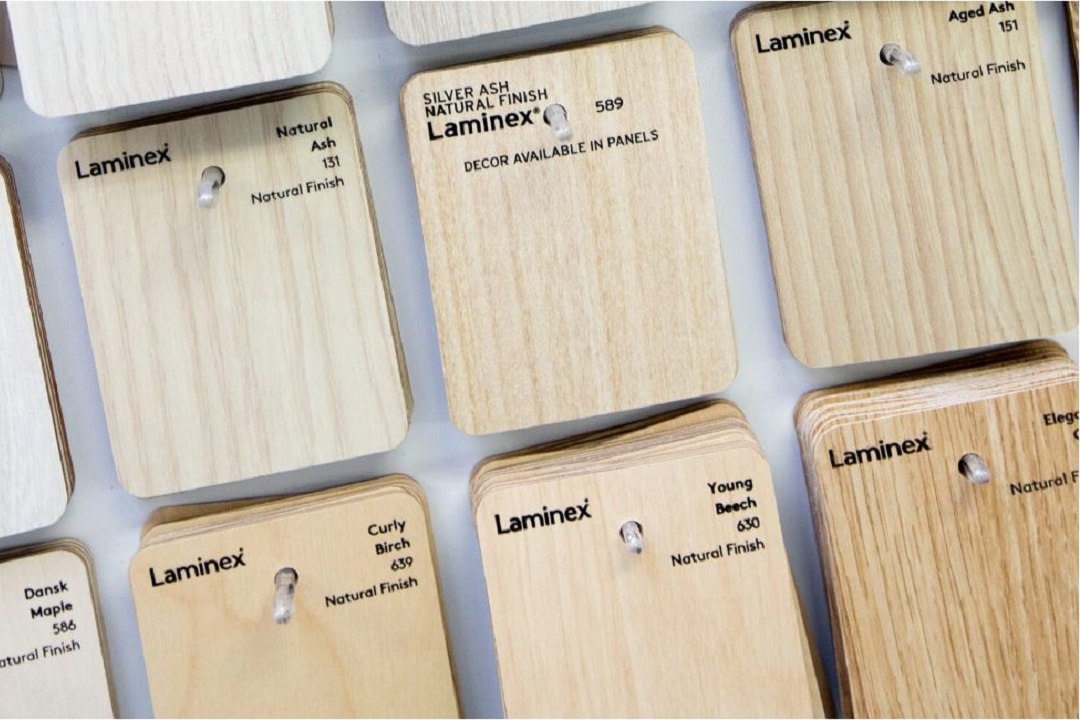When it comes to specifying compact laminate for your projects, there’s more to consider than just the colour and texture. One critical factor that often gets overlooked is the sheet size. Choosing the correct sheet size is essential not only to ensure the quality of your product but also to minimise waste.
In this blog post, we’ll delve into why it’s imperative to make informed choices when it comes to sheet sizes and how it can have a positive impact on the environment.
The problem of excessive offcuts
One of the biggest issues in the construction and design industry is the generation of excessive offcuts. These leftover pieces of compact laminate, which cannot be used for the intended project, often end up in landfill. Not only does this contribute to environmental problems, but it also represents a significant cost for businesses.
The solution: Choosing the right sheet size
The key to addressing the problem of offcuts is to choose the right sheet size of compact laminate for your project. By selecting a sheet size that aligns with your project’s dimensions, you can significantly reduce waste and minimise the negative environmental impact.
Let’s explore this further with an example:
Imagine you’re working on a project where you need doors and divisions that are 2000mm high. If you choose a supplier that manufactures compact laminate in 3600mm sheets, you’ll end up with a substantial offcut. This excess material, which cannot be used for your 2000mm-high elements, will likely find its way to a landfill. On the other hand, if you opt for a supplier that offers 4100mm sheets, you’ll have a much smaller offcut, if any at all, making it a more environment-friendly choice.

Benefits of choosing the right sheet size
Waste reduction: The primary advantage of selecting the correct sheet size is the significant reduction in waste. By eliminating or minimising offcuts, you can contribute to a more sustainable and eco-friendly construction industry.
Cost savings: Less waste means lower disposal costs and more efficient use of materials. This can lead to cost savings for your project, which is beneficial for both your bottom line and the environment.
Improved efficiency: Using sheet sizes that align with your project’s requirements can streamline the construction process. It reduces the need for complex cutting and resizing, saving time and labour costs.
Environmental responsibility: In today’s environmentally conscious world, demonstrating a commitment to reducing waste and minimising landfill contributions can enhance your reputation and attract environmentally conscious clients.
Choosing the right supplier
To make informed decisions about sheet sizes, it’s essential to collaborate with a supplier that offers a variety of options. Seek out suppliers that prioritise sustainability and offer custom sheet sizes tailored to your project’s needs. By partnering with such suppliers, you can ensure that your projects are not only aesthetically pleasing but also environmentally responsible.
Conclusion
Choosing the correct sheet size when specifying compact laminate is an imperative step towards reducing waste and minimising the environmental impact of your projects. By aligning the sheet size with your project’s dimensions, you can significantly reduce offcuts and contribute to a more sustainable construction industry.
When selecting a supplier, prioritise those that offer custom sheet sizes and demonstrate a commitment to environmental responsibility. With these considerations in mind, you can create beautiful, functional spaces while also being a responsible steward of the environment.

